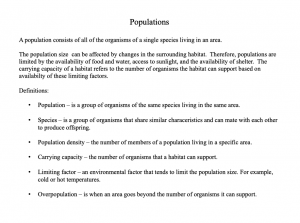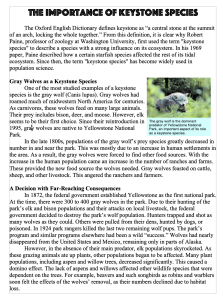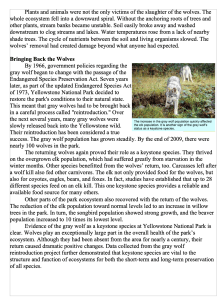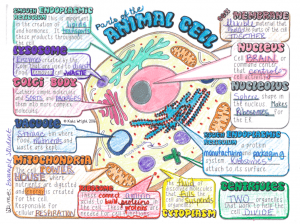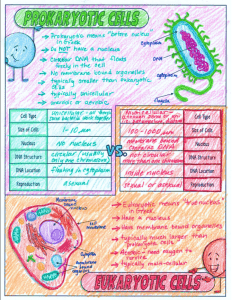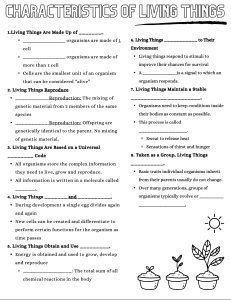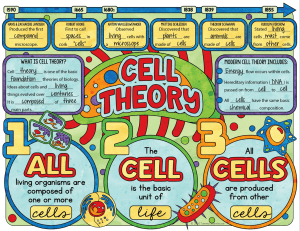Lesson Plans: April 9th – 13th
Monday – Students will explore the science of what happens during a solar eclipse, lunar eclipse, and blood moon.
Tuesday – Students will apply the knowledge of displacement and distance with real life examples.
Lesson Plans: April 2nd – 5th
Tuesday – Students will explore motion by determining the difference between distance and displacement through examples, practice problems through real life applications. Students will examine speed in real life, while learning about how to calculate average speed and graphing it.
Lesson Plans: March 25th – 28th
Monday – Students will look at the different symbiotic relationships between organisms, and how they depend on the other. We will learn how to classify whether the relationship is parasitic, mutualistic, or commensal.
Tuesday & Wednesday – We will look at food webs in an ecosystem, and how one small change can have a big effect. Students will learn the difference between producers, consumers, and decomposers, and how to interpret the nutrient flow between living things.
Thursday – Catch up day. Students will finish all incomplete Science IXL assignments. Those with 100% completion will be allowed free time.
Lesson Plans: March 18th – 22nd
Monday – The Vanishing Frog with Jeff Corwin. Students will watch how numerous amphibian species are in danger of extinction, and how scientists are working to protect the fragile balance of the world’s ecosystems.
Tuesday – Students will learn how scientists can study a species and tell when there are healthy number of individuals.
Wednesday – We will learn about the sources of pollution as well as the harmful effects that pollution can have on an environment.
Thursday – Students will learn about the significance of keystone species, and how they can be assessed by studying populations of grey wolves. A fixture in population science, keystone species can provide great insight into ecosystems and communities.
Friday – Update March Mammal Madness Brackets. Review the winners of Wild Car matchup and Round 1 winners.
Lesson Plans: March 4th – 8th
Monday – Classification of Living Things Part 1 Test Review. This will include the characteristics of living things, cell theory/history, prokaryotic cells, eukaryotic cells, animal cells, and plant cells.
Tuesday – We will grade and go over review. Play Gimkit review in preparation for test.
Wednesday – Classification of Living Things Part 1 Test.
Thursday & Friday – March Mammal Madness.
Students will be partnered up to research each animal matchup and choose who they believe will win. Brackets will need to be filled out and finalized by the end of class on Friday before Spring Break.
Lesson Plans: February 26th – March 1st
Monday – Students will learn about the organelles inside of an animal cell and their functions. Students will fill out notes, then play a science game.
Tuesday – Students will learn about the organelles inside of a plant cell and their functions. Students will fill out notes, then play a science game.
Wednesday – Students will watch a science video. Early release schedule.
Thursday – Students will explore the different functions of the organelles in plant and animal cells by going through nine different stations.
Friday – Students will meet a K9 handler and will be able to ask him questions.
Lesson Plans: February 20th – 24th
Tuesday -We will begin to discus the features, characteristics, similarities, and differences between animal cells and plant cells. Also, we will begin our research on police dogs, how they are trained, and the specialized cells they have to detect substances with their sense of smell.
Wednesday – Reading Benchmark
Thursday – Math Benchmark
Friday – We will describe in more detail the composition of a cell, its cellular functions and division, and ways cells come together to form tissue and organs.
Lesson Plans: February 12th – 15th
Lesson Plans: February 5th – 9th
Monday & Tuesday – Begin Unit 8: Classification of Living Things. We will discuss how life is characterized by the ability to grow, respond to stimuli, and reproduce. Living things range from simple cells to complex organisms.
Wednesday – Characteristics of Living Things Hands-On Activity.
Thursday & Friday – Students will be introduced to Cell Theory. Cells are the most basic unit of living things. In this concept, we will learn about cell theory as it relates to prokaryotic and eukaryotic cells.
